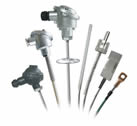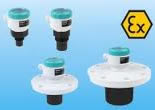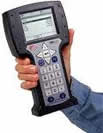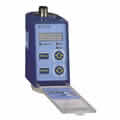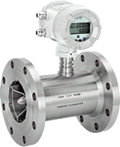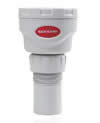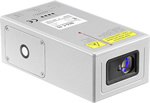AC Electrical Motor
AC electric motors are composed of alternating current and a structure consisting of a stator and a rotor and convert the electrical power into mechanical work, rotation or linear motion. Usually in these motors, the stator, which is an external and fixed core, creates a rotating electric field using alternating current, and the rotor, which is an internal and moving core, is connected to the output shaft and creates torque and motion according to the rotating field produced by the stator. .
AC motors can be classified into synchronous motors in which the rotor electric field is supplied by an external source and to asynchronous motors or induction motors in which the rotor electric field is generated by the stator electric field induction.
AC motors can also be divided into single-phase and three-phase.
In single-phase models, additional circuits are required to start the motor, and in some cases a centrifugal switch is required to start the motor initially. The most common single-phase motor is the slotted pole synchronous motor, which is often used in devices that require low torque, such as electric fans, microwave ovens and other small appliances. During start-up, the capacitor and start-up coil are connected to the power supply via a series of spring-pressed contacts on a centrifugal switch. The capacitor helps to increase the starting torque of the motor. When the motor reaches the rated speed, the centrifugal switch is activated, the contacts handle is activated, disconnecting the capacitor and the series starter coil from the power supply. At this time the motor operates only with the main winding.
The use of three-phase induction motors is very common, especially at high powers. The difference in angle between each of the three feeder phases creates a balanced rotating field that has a constant velocity. Induction motors are usually made to standard sizes (although these standards vary in Europe and the United States). This standardization in motor construction makes almost all of them interchangeable. The power of some very large induction motors can reach tens of thousands of kilowatts. Flow motors are usually made of two types of rotors. Squirrel cage rotors and coiled rotors. The rotor consists of a number of copper conductors embedded in steel. Through electromagnetic induction, a rotating magnetic field induces current in these conductors, which in turn creates a balancing magnetic field and causes the motor to move in the direction of rotation of the field.
The speed of the AC motor initially depends on the supply frequency, as the amount of slip, or the difference in rotational speed between the rotor and the stator field, determines the output torque of the motor. Speed change in this type of motor can be made possible by having a bunch of coils or poles in the motor that turn the speed of the magnetic rotating field on and off.
With the advancement of power electronics, we can have a more uniform control over the speed of motors by changing the frequency of the power supply, which are known as AC motor motors or inverters .
- Popular products

German laser thermometer with external thermocouple K tool 1725

Level controller / roller blade switch for solids and powders, model 1872

Industrial Laser Thermometer Instrument 1727

12-channel temperature recorder thermocouple tool 1189


